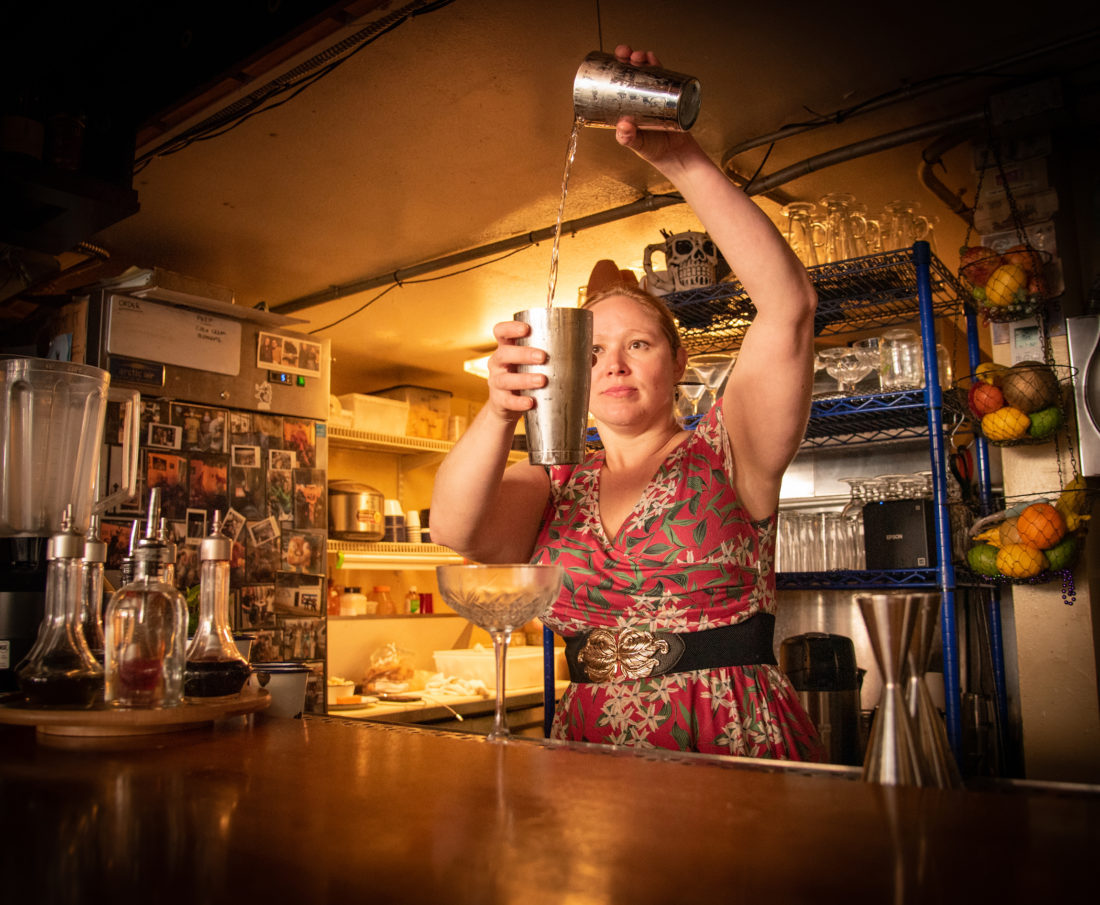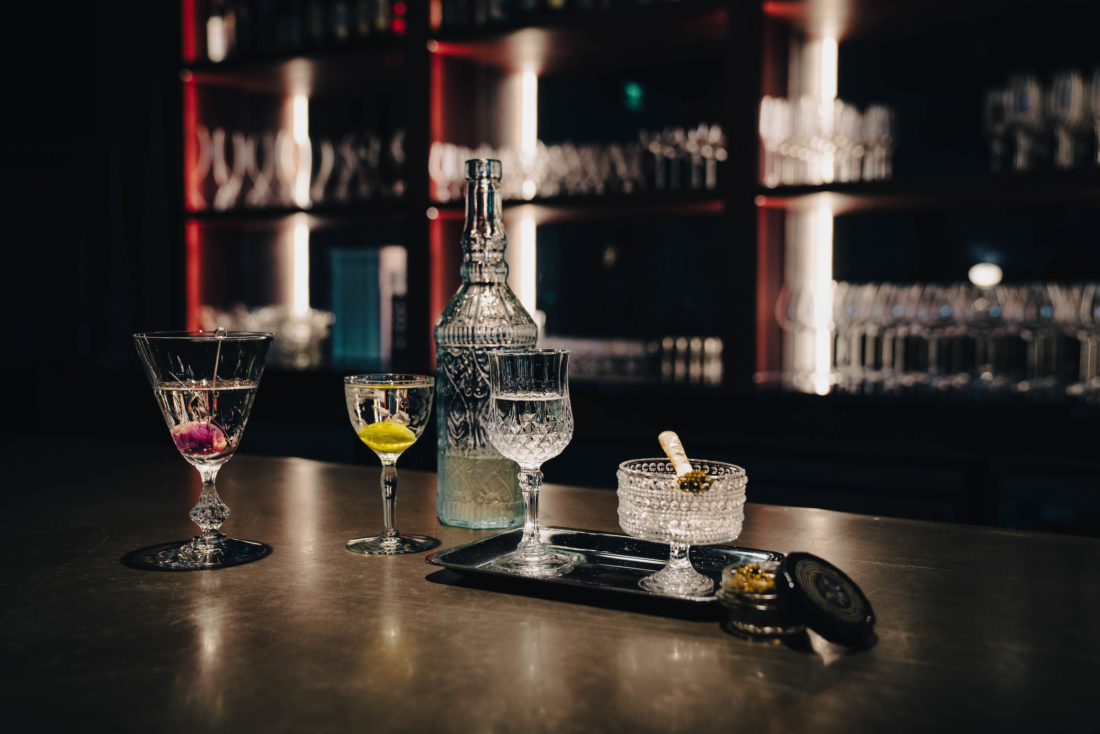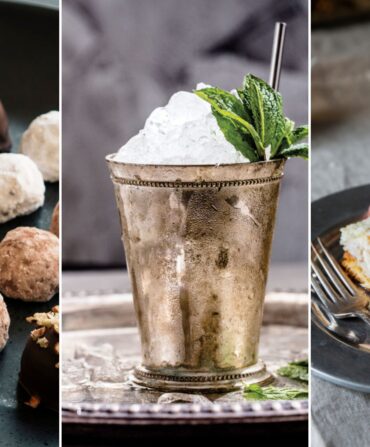Everywhere one turns lately, the martini is being discussed. Then stirred. Or shaken.
Then poured, in a perfect, liquid arc—in the case of one bar in New Orleans, from two feet away—right to the rim of frosted martini glasses, or into beautiful, faceted, Nick and Nora vessels, vintage and found at a flea market.
One might be accented with a skewer of buttery Italian olives. With a hot pink pickled red onion in another. Or, as in a bar in Charleston, South Carolina, your martini may come accompanied with a full garnish tray, bearing tufts of dill, gherkins, and lemon rind.
In other words, more attention is being paid to the classic cocktail than ever, particularly at these five bars around the South.
Nashville
“There’s so much more to the martini than people know,” says Jon Howard, the bar director behind the nine-seat bar and beverage menu at the chef Sean Brock’s newest venture, the Continental. The restaurant offers a fresh take on throwback service, with prime rib sliced tableside and, of course, massive, gorgeous martinis to go right alongside.
Indeed, the front bar area—named the Vesper Club—focuses on this classic, and a sixteen-martini menu will debut later this year. But the real move is to make a reservation for the Vesper’s luxurious five-course “Martini Experience.”
Over the course of an hour, guests get regaled with the drink’s history while being served five tasting-size martinis (just one-and-a-half-ounce each), paired with rare caviars. The $100 adventure changes based on the caviar available, and Howard flexes his creative muscles with the renditions. His Ford’s Gin martini, for instance, uses Carpano Dry vermouth, Dubonnet Rouge, and Seedlip Spice, with dashes of plum vinegar, and comes paired with royal white sturgeon caviar.
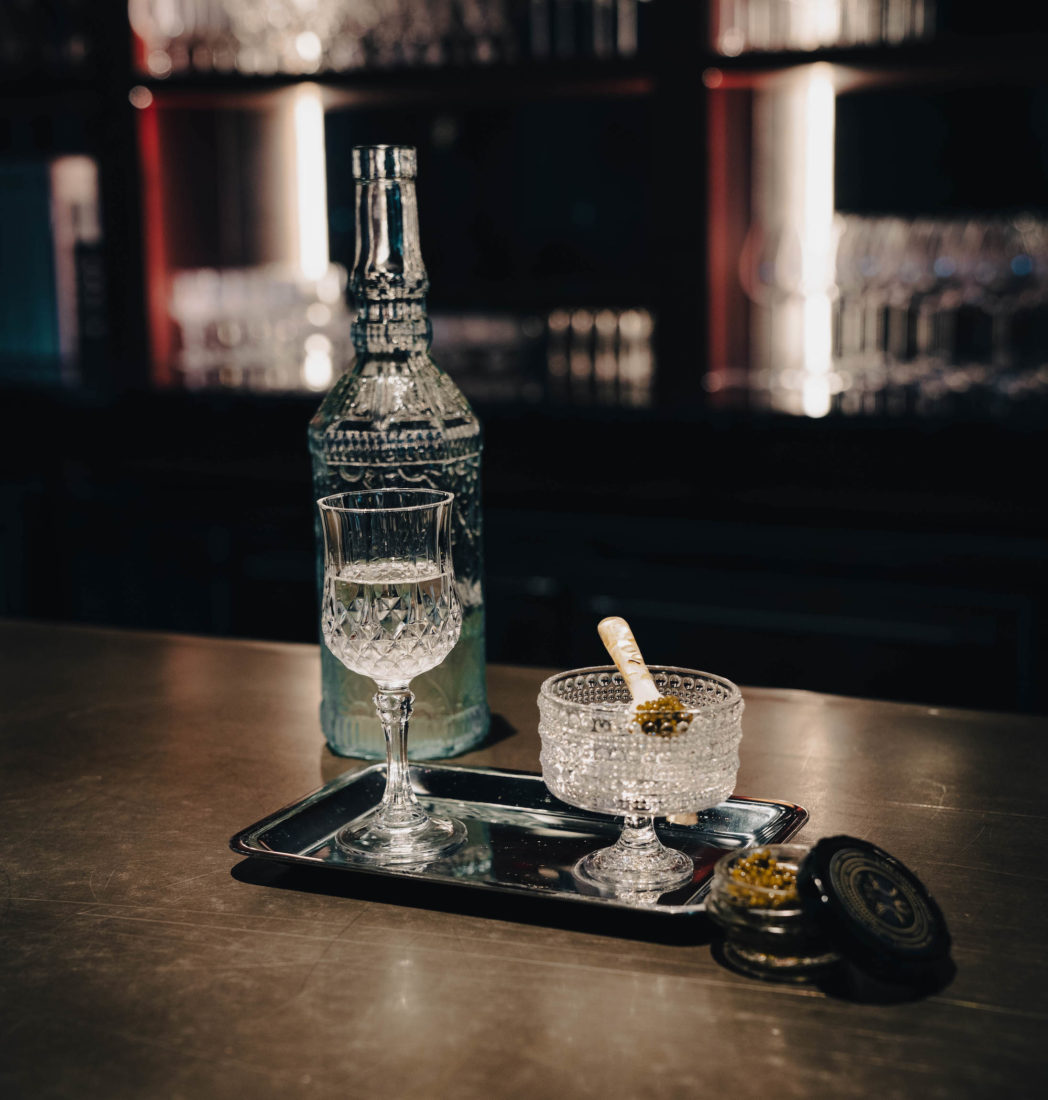
Charleston, South Carolina
At Edmund’s Oast, the Martini Service was developed by the bar director, Vinnie Cellini, who jokes it “includes a salad”—a sidecar glass filled with ice, topped with a produce section’s worth of garnishes. That includes fresh dill sprigs, pickled red onion, pearl onions, a lemon twist, tiny dill pickles, caperberries, and a beautiful queen olive. Consider this the martini for those who cannot make up their minds. And for it, Cellini blends a combination of three top-shelf gins for an unforgettable combination, starting with the botanical Four Pillars Rare Dry and the Four Pillars Olive Leaf. “Savory and silky, that one is made with olive leaf from Australia,” Cellini says. “It adds a fatty, rich texture. I finish the base off with St. George Terroir Gin, which is super aromatic and pine-forward,” then adds Dolin dry vermouth and Regan’s orange bitters.
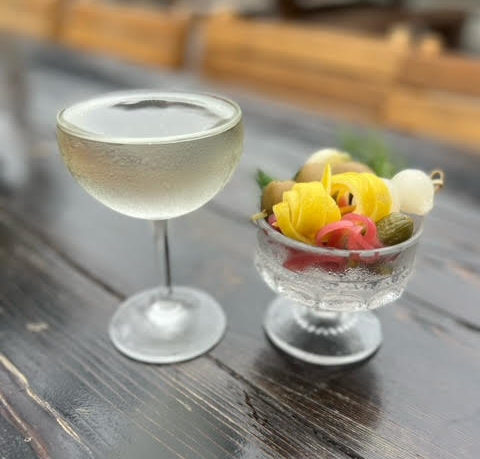
Atlanta
One of the year’s biggest trends in drinks is not actually imbibing. Restaurants and bars around the South are dedicating portions of their menu to non-alcoholic options, every bit as creative by design. “Classic martinis are tough without alcohol,” says Kevin Bragg, the general manager/beverage director at Southern Belle and its restaurant-within-a-restaurant, Georgia Boy, who met that challenge by using a zero-ethanol option from a brand called Free Spirits. “We then have our own house-made ‘olive vermouth,’” he says, “made with a blend of vermouth botanicals like cinchona, bitter orange, licorice root, and angelica, with olives, salt, and just a bit of sugar. We mix it into a blend of some German nonalcoholic white wine and a touch of Verjus.”
Nashville
If oysters are an aphrodisiac … then what are oysters inside a martini? Possibly just strange. However, Brandon Thomason-Maraschiello, the head bartender of Oak Steakhouse’s Nashville location, says the Cumberland River Dirty martini has been extremely popular since it debuted in fall 2021. “It utilizes two types of vodka, Pickers and Wheatley, with plenty of olive brine and a touch of Ancho Reyes Verde liqueur,” he explains. That liqueur gets crafted from roasted poblano peppers, and the lightly vegetal, minor spice, creates balance in the drink’s final touch: a raw oyster. “I typically use West Coast oysters as the flavors tend to be buttery, rounding out the salt in the cocktail,” Thomason-Maraschiello says. “However, for guests that prefer an extra-briny experience, an East Coast oyster is the way to go.”
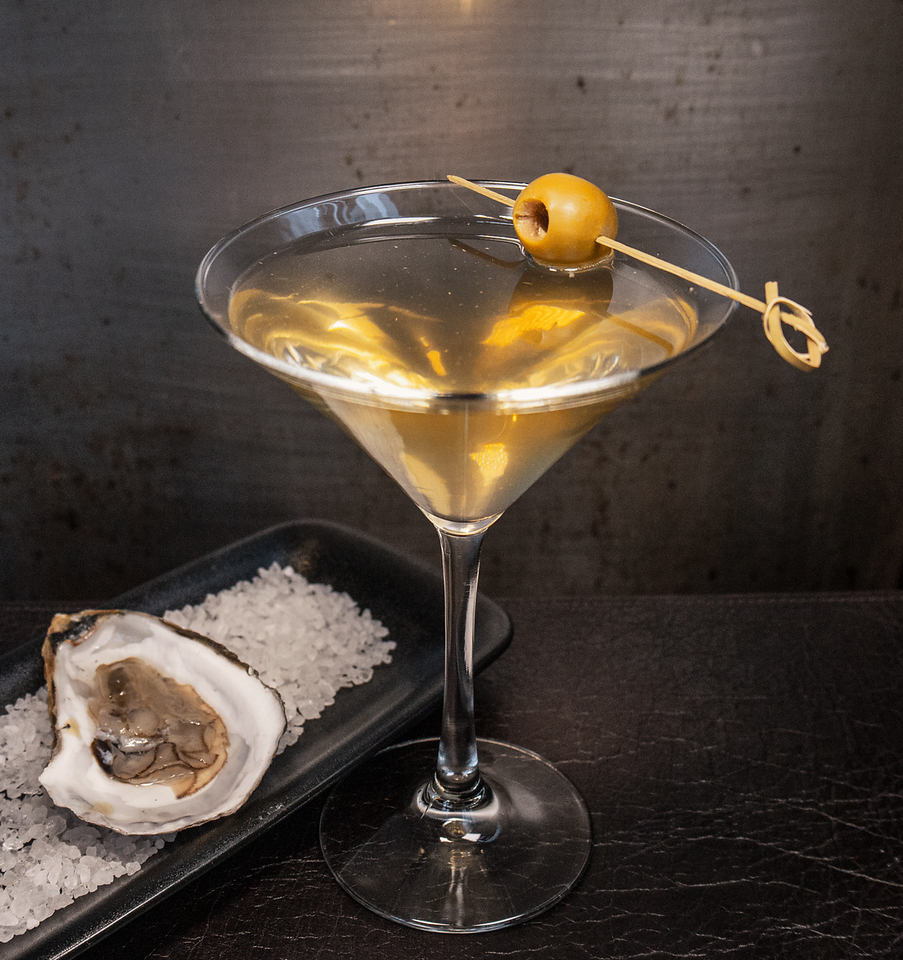
New Orleans
Shaken or stirred? The answer is: Thrown. At least it is at Manolito, a diminutive outpost on Dumaine Street in the French Quarter that pays homage to the traditions of Cuba, from the weathered, scant decor to the menu, which offers some of the best frozen craft cocktails in the city.
The martinis also get made Cuban style, with a long pour called “throwing.” The technique of “throwing” cocktails has murky origins, but it’s believed to have begun with tea in ancient Asia. When it first began for cocktails (sometime in the 1800s), a barman would pour the liquid, from one vessel to another, with one hand held aloft, far above his head. Crashing into the shaker by his waist, the liquid—tea, fortified wine, or vermouth—became aerated.
The entertaining method also allows for a simultaneous release of aromatics and the ability to temper any dilution. A skilled bartender will feel a drink change to the perfect consistency once it has been thrown the correct number of times. Camille Harley at Manolito has mastered it, creating a gorgeous variation with Rieger’s Midwestern Dry Gin, Yzaguirre vermouth, and Angostura Orange Bitters, garnished with one Castelvetrano olive and a lemon twist.
